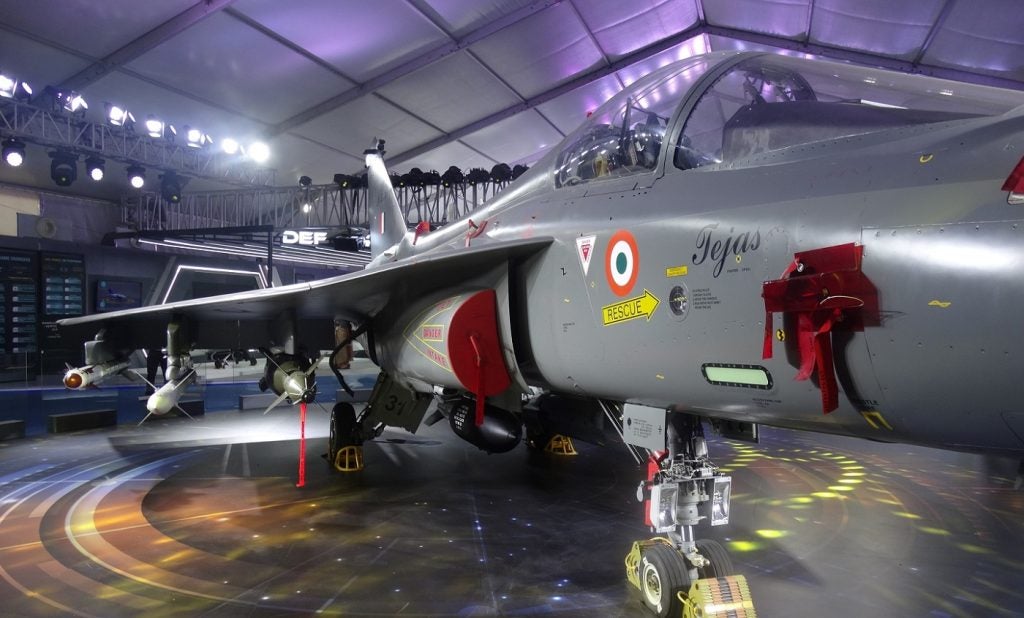
Sandia National Laboratories has conducted a rocket-driven impact testing of the B61 Mod 11 (B61-11) strategic bomb’s non-nuclear components at its Coyote Canyon Test Complex (CCTC) in New Mexico, US.
During testing, Sandia researchers hoisted a B61-11 ground-penetrating weapon high above the concrete target by attaching it to a rocket sled capable of thousands of pounds of thrust.
The bomb was fitted with instruments for validation of system performance as it slammed into the target, and was cooled to an internal and external temperature far below 0°F, and also de-iced twice for the test.
Sandia National Laboratories senior manager Patrick Sena said the preliminary data indicated the test met the requirements of the worst-case conditions the bomb is expected to address with high reliability.
”One of the main purposes of the stockpile is deterrence, so one important way to assure deterrence is to have a successful surveillance test that shows our systems work,” Sena said.
Carried out following a series of calibration tests and qualifying reviews, the test represented the bomb’s first such rocket-driven impact testing in the last seven years, and the data is expected to be used to update the annual assessment of the US’s stockpile for President Barack Obama.
”Data from flight tests is precious because it is from a single shot device,” Sena said.
Designed and manufactured by Los Alamos National Laboratory (LANL), the B61 is an intermediate yield strategic and tactical nuclear bomb featuring a two-stage radiation implosion design, and is designed for carriage by high-speed aircraft.
The bomb has been deployed by a range of US military’s B-1 Lancer, B-2 Spirit, B-52 Stratofortress, F/A-18 Hornet, F-111 Aardvark and F-4 Phantom II fighter bombers, A-4 Skyhawk, F-15 Eagle, F-16 Fighting Falcon, as well as the UK, German and Italian Tornado interdiction/strike (IDS) aircraft.
Image: The images of B61 test unit in free flight as it approaches and penetrates a concrete target in a testing at Sandia National Laboratories’ test range in New Mexico, US. Photo: © 2013 Sandia Corporation.







